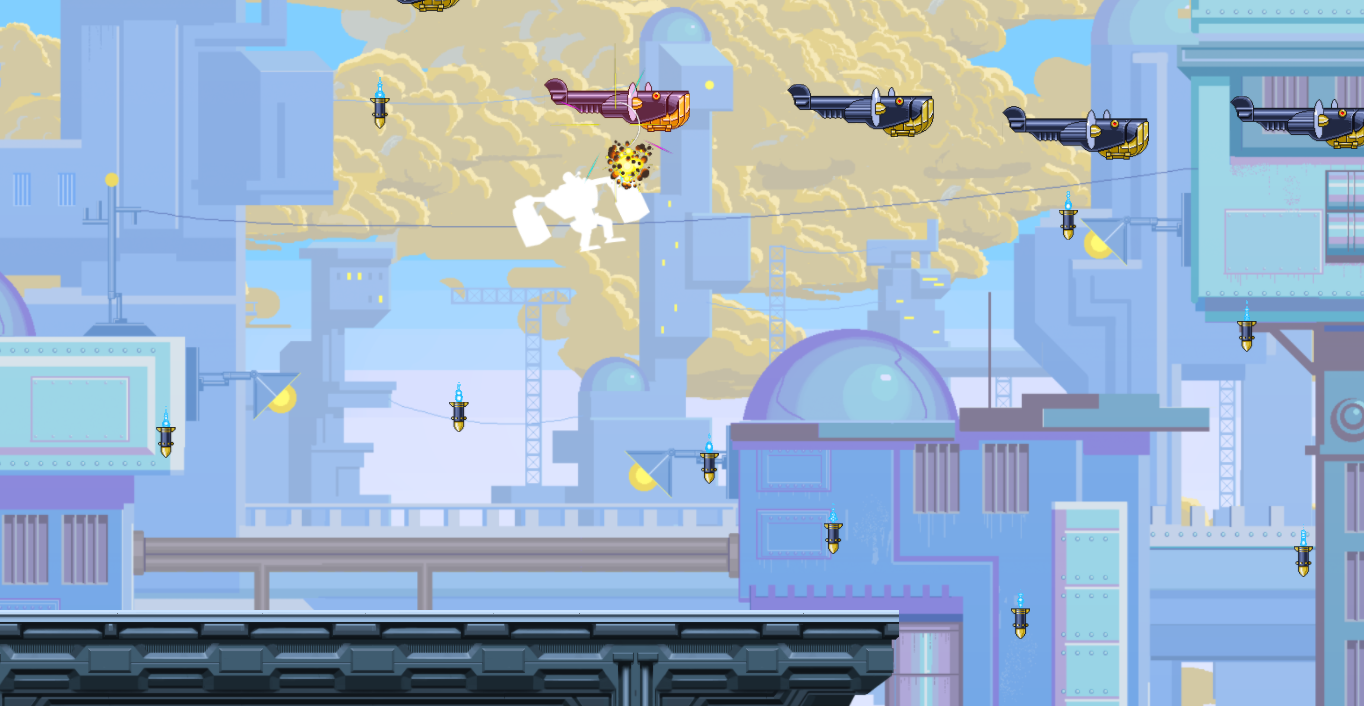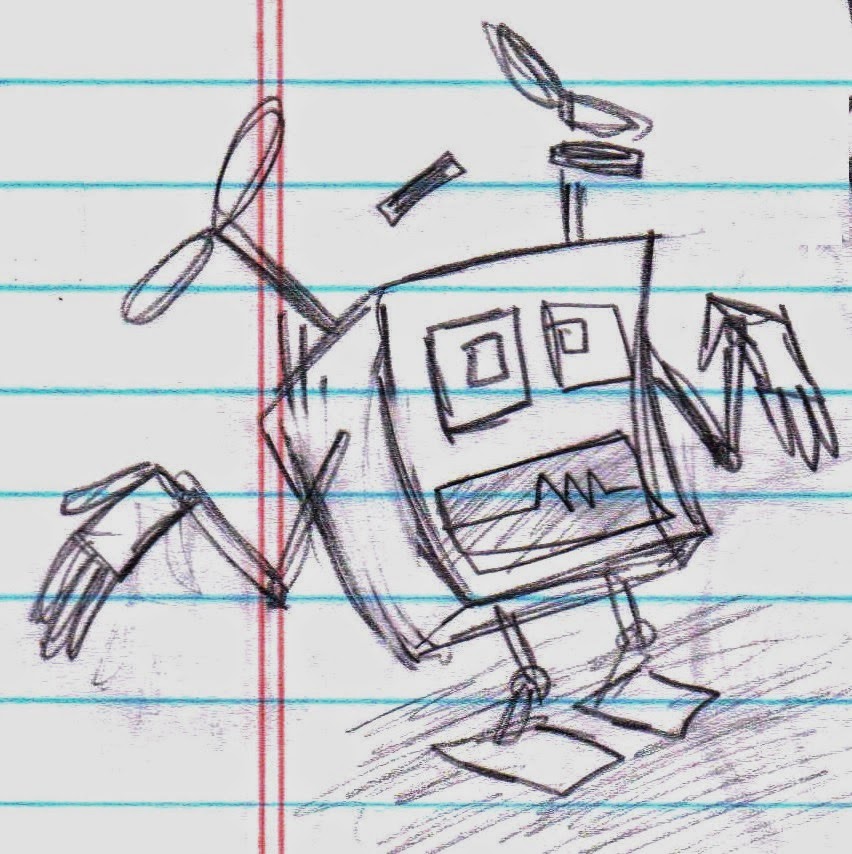So you've made a game. Your mechanics are working perfectly; your character designs have been featured on Big News weekly six times in the past two years and you saved tons on your car insurance by selling your car.
By all accounts, development is going great. But for some strange reason , everything you make feels...lackluster. No, you're not depressed. Heck, you're not even delusional (good for you!). You're just expecting something game-devs like to call juice.
In simple terms, juice the feedback you receive whenever you perform an action. It could be a sound, it could be an animation or it could even be a rumble. Really, there aren't many hard and fast rules on what makes something nice and juicy, but I've got a few ideas! And since I'm a nice guy (who likes being preachy), I'll even share a few of them with you.
My first bit of opinion-wisdom to impart upon you is this: at its core, juice is a type of feedback. In other words, juice is what lets a player know that an event has taken place or the state of an object has shifted somehow. So say your character takes damage, you may want a visual indicator that he's taking damage or being hit.
In my game, I denoted this by playing a stagger and flashing the player character white.
Not only that, the object that collides with the play character generally gave some sort of feedback as well. For projectiles it's an explosion. For melee attacks, it's a hit effect.
No matter what sort of effect it was, I tried to make sure it was appropriate. This brings me to my next bit of bite-sized wisdom: MAKE SURE YOUR EFFECTS ARE APPROPRIATE!
Sweet mother of god, I cannot stress this enough. Many devs seem to think slapping in a bit of screenshake will make all their problems disappear. This is patently false. No individual effect should be treated as a catch all effect. If effects exist to emphasize/signify different events, they need to differ enough to make distinctions!
Check out the end of this video to see how things can go terribly wrong when you add in effects that are over-exaggerated or inappropriate.
This invites the question, how do you determine when an effect is "appropriate"?
While I can't say there is a surefire scientifical way to make this determination, I can certainly say it doesn't involve any voodoo magic.
For brevity's sake (and because I know you're a smart little snowflake that can see patterns for yourself) I'm going to boil down the rest of the post to tips on how to juice responsibly:
- Pay attention, there will be example links!
- SOUND IS AMAZING AT ADDING WEIGHT
- Recognize different velocities with different animations or key-frames! Overgrowth uses fancy frame blending(skip to movement cont.). For the rail-ride, I used a couple of frames. This applies to jumps as well as runs.
- Use screenshake to emphasize impact. Talking to NPC's should not cause screenshake. However, yelling at NPC's or emoting surprise could involve screenshake! Be careful though or you could end up like this.
- Movement trails are great for tracking progress or for emphasizing continuous movement. Supermeat boy got guts. Nimbus. First person shooters sometimes use trails for projectiles
- When direction needs to be emphasized, use directional effects! This is super common in fighting games.
- Need to emphasize speed? Use a particle trail! This differs from movement trails in that they're not as continuous and can appear next to rather than behind an object. For rail-riding, I had sparks appear as you moved.
- Motion blur is also common for emphasizing speed. No idea what game this is.
- Need something to die? Break it apart into tiny pieces and then chuck them everywhere! Guacamelee did this as well (though I can't seem to find good screenshots)
- Alternatively, when things die create an explosion to avoid the need for a death animation (a la Bastion and Megaman X)!
- Kick up dust to emphasize movement or previous position!
- For heavy impact, bright colors are your friend! Tekken pretty much uses pretty colors distributed in visually pleasant ways to denote hits.
- Sometimes the effect should appear AROUND the object rather than on top or next to it.
- Circle are awesome. Seriously they're really awesome. They don't necessarily have to be filled in to achieve the full effect. I mean, they're just awesome. Generally, they're used for positional stuff. They're also often used to emulate shockwaves or ripples.
- Effects should generally be proportional to whatever action they're associated with. In other words, bigger attack = bigger effect.
- Combine different elements in your effects for more versatility. In this screenie, notice the little electric charge mixed in with the hit effect.
- Air resistance is your friend. It's one of the easiest ways to indicate movement!
All in all, coming up with effects is a pretty subjective task. In my case, I abstract the state I want to recognize before I design a effect. If it's a sword slash, I'll think "directional movement". Then I'll check out other games and see how other people represented this. In this case, people typically create a blade blur to follow the trajectory of the blade.
So there you have it girls and boys. Toastie Republic's non-comprehensive guide to juicing responsibly!





